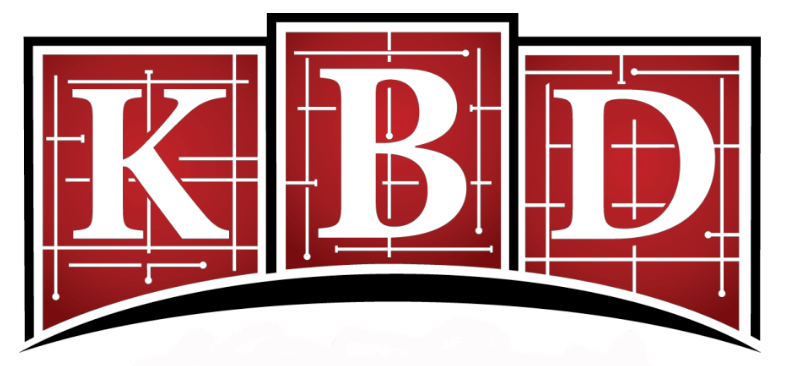Blog
Exploring Alternative Cabinet Materials: Metal, Glass, and More
Thinking beyond wood to create unique and durable cabinetry

Exploring Alternative Cabinet Materials: Metal, Glass, and More
When it comes to kitchen design, wood has long been the go-to material for cabinetry. However, alternative cabinet materials like metal, glass, and even unconventional options such as acrylic or reclaimed materials are making waves in modern kitchen designs. These materials offer unique aesthetics, improved functionality, and sustainability, providing homeowners, designers, and contractors with exciting options to personalize their kitchens.
In this blog, we’ll explore the growing popularity of alternative cabinet materials and how they can transform your kitchen into a one-of-a-kind space.
Why Consider Alternative Cabinet Materials?
Switching to alternative cabinet materials offers several advantages, including:
- Durability: Many alternative materials, such as stainless steel or glass, are highly durable and resistant to wear and tear.
- Modern Aesthetic: Non-traditional materials provide a sleek, contemporary look that stands out from classic wood cabinetry.
- Sustainability: Options like recycled metal or reclaimed wood are environmentally friendly, reducing waste and promoting sustainability.
- Customizability: Alternative materials come in a wide range of finishes, colors, and textures, allowing for a truly personalized kitchen design.
Popular Alternative Cabinet Materials
1. Metal Cabinets
Metal cabinets, particularly those made of stainless steel, are a bold choice for modern and industrial-style kitchens. They are highly durable, resistant to moisture, and easy to clean.
- Benefits: Rust-proof, heat-resistant, and hygienic.
- Best For: Industrial, minimalist, or contemporary kitchens.
- Design Tip: Pair stainless steel cabinets with warm wood countertops or backsplash tiles to soften the industrial vibe.
2. Glass Cabinets
Glass-front cabinets add a touch of elegance and sophistication to any kitchen. They’re perfect for showcasing your dishware, collectibles, or decorative items.
- Benefits: Reflects light, making kitchens appear brighter and more spacious.
- Best For: Modern or transitional kitchens.
- Design Tip: Use frosted or textured glass for a more subdued and private look.
3. Acrylic Cabinets
Acrylic cabinets are gaining popularity for their high-gloss finish and vibrant color options. They are easy to maintain and resistant to scratches and stains.
- Benefits: Long-lasting, non-toxic, and available in a variety of colors.
- Best For: Contemporary or futuristic kitchen designs.
- Design Tip: Combine high-gloss acrylic with matte finishes for a striking contrast.
4. Reclaimed Wood Cabinets
For homeowners who love the warmth of wood but want an eco-friendly option, reclaimed wood cabinets are an excellent choice. These cabinets use salvaged wood from old buildings, barns, or furniture.
- Benefits: Sustainable, unique, and full of character.
- Best For: Rustic, farmhouse, or eco-friendly kitchens.
- Design Tip: Embrace imperfections like knots or nail holes to highlight the material's history.
5. Mixed Materials
Combining two or more materials, such as metal and wood or glass and acrylic, creates a unique and dynamic look. This trend allows for endless customization possibilities.
- Benefits: Blends the best features of different materials.
- Best For: Eclectic or personalized kitchen designs.
- Design Tip: Use contrasting materials for upper and lower cabinets to add depth and interest.
Factors to Consider When Choosing Alternative Materials
When selecting alternative cabinet materials, it’s essential to consider the following:
1. Kitchen Style
Choose materials that complement the overall design aesthetic of your kitchen. For example, metal cabinets suit industrial kitchens, while reclaimed wood is perfect for rustic spaces.
2. Durability
Consider the durability of the material and its ability to withstand daily use. Stainless steel and acrylic are excellent for high-traffic kitchens, while glass requires more careful maintenance.
3. Budget
Alternative materials can range from cost-effective (like acrylic) to high-end (like stainless steel). Plan your budget accordingly to find a material that balances aesthetics and functionality.
4. Maintenance
Each material has unique maintenance requirements. For example, stainless steel is easy to clean but prone to fingerprints, while glass may need regular polishing to stay smudge-free.
Pros and Cons of Alternative Cabinet Materials
Here’s a quick overview of the advantages and drawbacks of popular alternative materials:
Material Pros/Cons
Metal
- Durable, modern, easy to clean
- Can feel cold or industrial
Glass
- Elegant, reflects light, customizable
- Fragile, requires frequent cleaning
Acrylic
- Vibrant colors, high gloss, durable
- Prone to scratches over time
Reclaimed Wood
- Sustainable, unique, full of character
- May require extra care or treatment
Making the Switch to Alternative Cabinets
Alternative cabinet materials offer an opportunity to break away from traditional designs and create a kitchen that reflects your personality and lifestyle. Whether you prefer the sleek look of stainless steel, the vibrancy of acrylic, or the warmth of reclaimed wood, these materials can help you achieve a truly unique and functional space.
Final Thoughts
Incorporating alternative cabinet materials into your kitchen design is a creative way to enhance both form and function. With options ranging from industrial metal to eco-friendly reclaimed wood, there’s something to suit every style and budget.
At www.kbyd.com, we specialize in custom cabinetry solutions tailored to your design preferences. Contact us today to explore how alternative cabinet materials can transform your kitchen into a one-of-a-kind masterpiece.Thinking beyond wood to create unique and durable cabinetry

